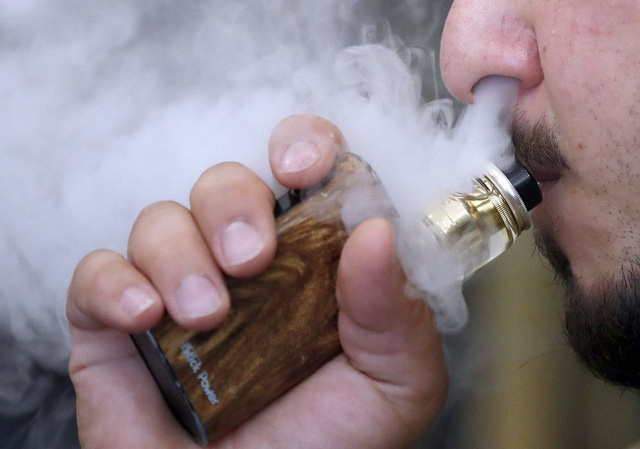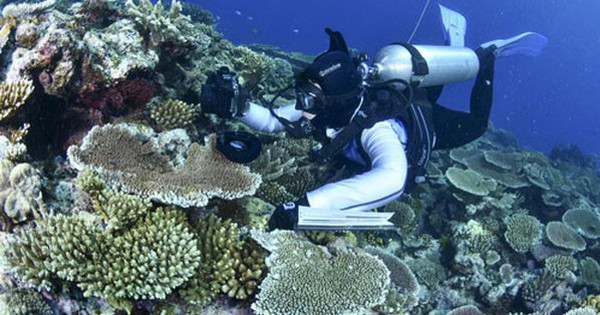Globally, smokers produce nearly 800,000 tons of waste cigarette , the number of cigarette butts is large enough to cover New York’s Central Park. Cigarette filters are present in every country in the world, from city streets to garbage mountains, rivers and beach.
Cigarette filters contain single-use plastics, the ingredient used in the manufacture of filters. It takes a decade to decompose, cigarette filters release more than 7,000 harmful chemicals into the environment. Wildlife is also at risk research found partially digested tobacco waste in the stomachs of 70% of seabirds and 30% of sea turtles sampled for a study.
If cigarettes were treated in the same way as single-use plastics, they could theoretically be banned.
In South Asia, chewing tobacco and smokeless tobacco such as gutka and kiani are sold in plastic bags, millions of which end up in the environment.
E-cigarette and nicotine products are creating a new wave of pollution, from the disposal of batteries (used for e-cigarettes) to metal and plastic waste seeping into soil and water sources. In a report for 2021, the US Environmental Protection Agency highlighted how lithium ion batteries enter municipal waste systems when consumers improperly dispose of e-cigarettes and nicotine products in household trash cans, as they are labeled “disposable”.

Types of cigarettes, electronic cigarettes, chewing tobacco and smokeless… all pollute the environment. (Photo: AP)
Despite promises from tobacco companies that they will eventually stop selling cigarettes, 6,000 tons of the product are produced each year. And from production, sale and use, waste from e-cigarette and nicotine products is increasing globally, as giant tobacco companies seek to replace lost revenue in cases where smokers quit or die.
The industry uses a range of corporate social responsibility initiatives to “go green” itself. Cleanup campaigns, anti-litter and other activities distract the public. Collaboration with environmental institutes and ministries involved in afforestation and forest conservation projects conceals tobacco cultivation, leading to deforestation and desertification in countries such as Brazil and Tanzania.
In Mali and Senegal in West Africa, the tobacco industry-led Waterfall Project sought to improve access to water. A similar initiative in Burkina Faso aims to provide drinking water, although the country’s law prohibits tobacco industry-sponsored initiatives. The last time the government assessed tobacco use in the population was in 2013, when nearly a quarter of men smoked.
In the US, about one-fifth of adults smoke, while less than one-fifth of teenagers use e-cigarettes. The tobacco industry has funded conservation organizations including Keep America Beautiful, the National Fish and Wildlife Service, and the Watershed Conservation Center.
In the Philippines, where more than 40% of men smoke, the tobacco industry has partnered with government agencies on environmental projects, including river clean-ups and an anti-litter campaign.
The reality is that tobacco waste continues to accumulate as these addictive products are not environmentally friendly but are manufactured to attract new customers and continue to induce current smokers to consume them.
at Blogtuan.info – Source: Soha.vn – Read the original article here



